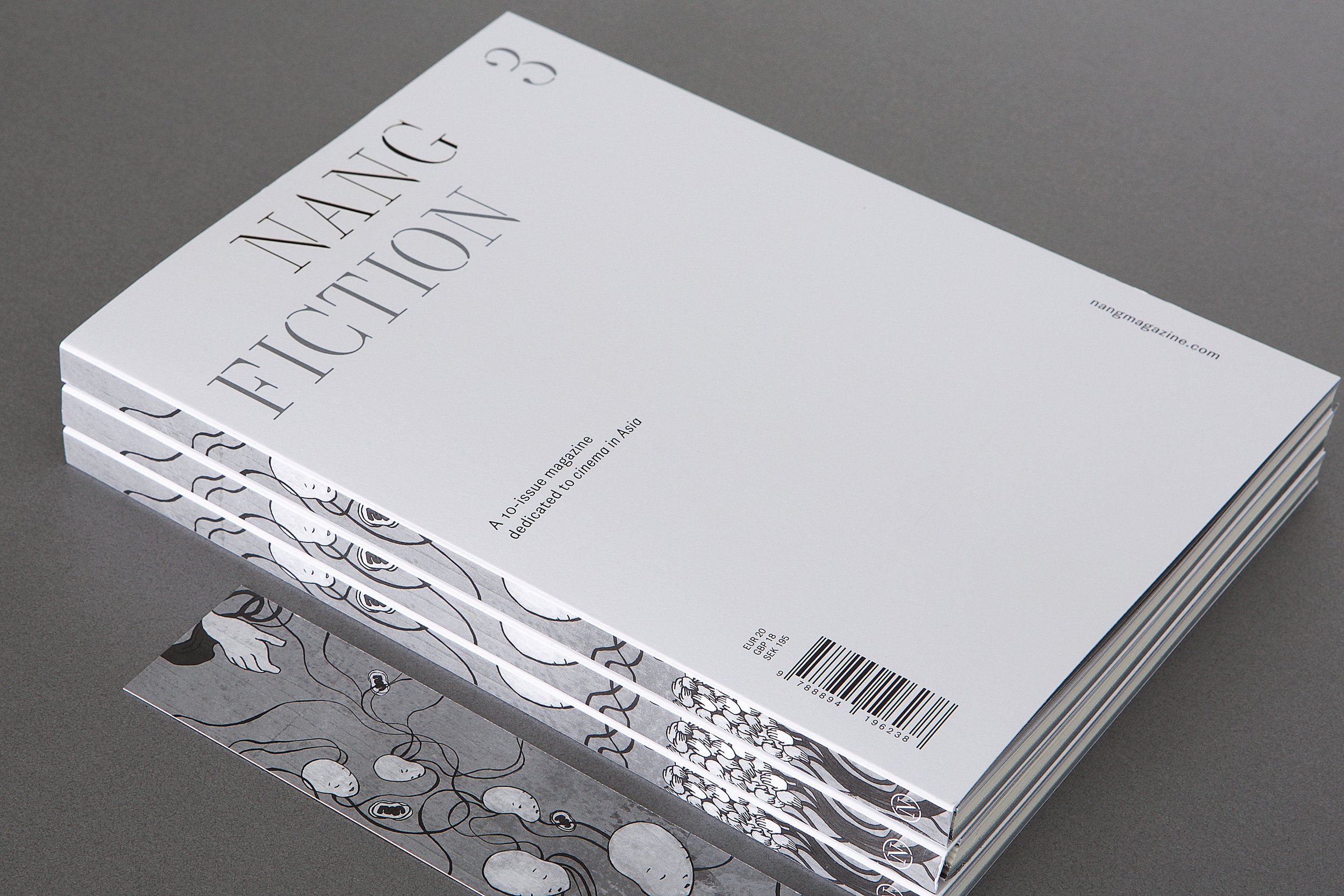NANG 2: Note

What follows is a short opening text penned by yours truly and first published in Issue 2 of the magazine (pp. 2-3).
The nature and, I hope, one of the potentials of a project like NANG stem from a single if arduous premise: if we — contributors, collaborators, editors and designers — knew in advance what a given issue is going to turn out to be, we wouldn’t be interested in doing it in the first place. To my mind, indeed, NANG should strive to be an occasion for exchange and experimentation, for seeing what happens when near and far connections are made, when varied crops of writings and imagery intersect between the covers and across the issues.
For this reason I am grateful that guest editors Yoo Un-Seong and John Torres followed their impulse to send that shot in the dark to discover whether devoting an issue to “Scars and Death” was possible. “What makes them want to go ‘there’?” was my immediate thought; but now that “there” has become “here,” in the physical copy you hold in your hands, I want to be plain and personal and say that I feel privileged to be able to publish one of the most particular and original collections of pages I have ever come across.
To bear the words “scars” and “death” (and with them their myriad implications, associations and, at times, mercantilist agendas) on the cover is not something I take lightly; by the time you will get to the end of the Issue, I hope you will concur that we carefully steered clear of any nostalgia, false sentiment, morbidness or nihilistic romance and, rather, attempted to strive towards that deep, poetic openness around cinema, death and life so poignantly captured in Abbas Kiarostami’s tombstone (reproduced here on the back cover).
Right from the outset, I was simply fascinated by how Un-Seong, John and their team of contributors spanning different regions and generations surprisingly turned the tables on the lackluster question of the “death of cinema” by thinking of cinema through scars and death — and, importantly, vice versa. With its kaleidoscope of voices, visions and fragments drawn from (and spiraling outward to) films, filmmaking, photography and life itself, this is an Issue which, in my view, brings us up against ourselves. I hope it will work as an impetus for unearthing new endings and beginnings.
Thank you for reading, and do get in touch with any thoughts and comments you may have.
Abbas Kiarostami’s tombstone (Lavasan, Tehran Province, Iran)






